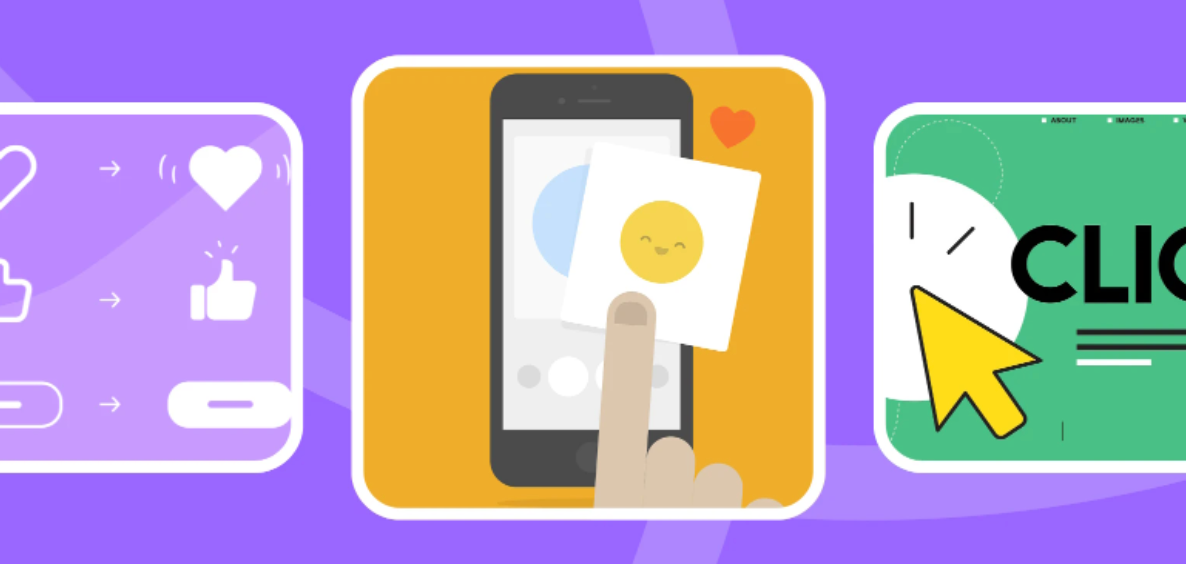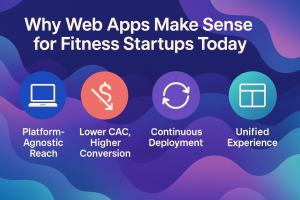Every Swipe Is a Story – Designing for Micro-Moments

The importance of micro-moments is that every moment of brisk interaction has the potential to form a complete digital experience through a mere tap or a swipe. One should prepare these small interactions, ensuring that they are easy to understand, quick, and useful. In case all of the mini interactions run smoothly and contribute to the task and interest of the users, they remain engaged, and the work is accomplished.
Instant Access
The instant accessibility of content has the potential to generate a continuous interest in seeking their content, as it is nowadays accessible on the most visited streaming networks, where the views and the number of followers are regularly changing. More taps and prolonged exploration can be facilitated by interfaces that download new information almost immediately when each swipe produces a new screen. Services of growth that occur on the main sites can prove that the dynamic updates promote trust and interest. Speedy and reliable design can make every micro‑moment responsive, prompting people to get a second, third, and fourth micro-interaction and constructive feedback loops, which are likely to become more engaged in brand experiences over time.
Clear Labels
Descriptive and simple names can be used that do not mislead users into doing something they do not want to, by incorporating words they understand and can easily translate to actions. The clear text that describes the next step can be used everywhere, on every button and icon, and eliminates hesitation and all the errors that occur during high-speed communication. Such well-selected terms normally eliminate guessing, and the user gathers the courage to move across a flow. Label clarity may be used to increase feature discoverability and reduce cognitive load in circumstances where fast decision-making is needed. Similarly, when screen wording is consistent and creates a sense of logic, all swipe actions will feel intentional, and progress will not have an increased likelihood of being frustrating because micro-moments are following one another at a rapid rate.
Quick Feedback
- Confirmation message comes up in a second after an activity on the screen and indicates success or re-attempt.
- The use of subtle animation, emphasizing the button that has been clicked on to receive new content, is also excellent, as it merely reassures the user of the action taken.
- The markers of progress are fluid so as to indicate that the system is grunt work and eliminate doubts in every process.
- To emphasize expansion and influence, real-time counters refresh at every new look or follow made.
- Short auditory feedback may offer additional reassurance along with visual feedback on successful taps.
- Simple vibrations when a choice is locked in can generate haptic feedback to create a tactile reaction.
- Dynamic changes in the color may be used as one indication of succeeding when a certain action is complete, and no additional steps should be added.
Context Relevance
Customizing the micro-moments to the user requirements at any given moment could prove the best in terms of utility delivery, in terms of providing the right amount of information at the right time. The contexts like places, time of the day, or context of past interactions can condition the prioritization of options so as to be relevant and at the same time not cluttered. The suggestions related to the current work may allow every swipe to appear directly linked to a tangible objective. Designs that learn the context in which they lie enable a smooth flow that does not override the intention of the user. With context-aware interfaces, it becomes easy to predict needs before they emerge, saving a considerable amount of energy and ensuring that every micro‑moment seems tailored to the person.
Visual Clarity
Clear designs with ample spaces and easy−to−read fonts may facilitate quick understanding of information in the split-second approach. This can be avoided by eliminating nonsignificant graphics and targeting the most important factors so as to prevent cognitive overloading, particularly when the screens are on display only briefly. The use of consistent color and straightforward iconography will enable users to sweep through the top options and select the appropriate one without the need to look at intricate visuals to decipher them. Such components of high contrast may be visible under any lighting conditions, and minimalism will ensure every micro-moment can be consumed easily. Ease of sight is able to switch between tasks instantly without causing friction and keeping the ball rolling.
Conclusion
All micro-moments can influence the entire user experience by making interactions quick, obvious, and personal. Refuting the myth of instant access, clarity, feedback, context, visuals, effortless actions, and smooth one-way flows, each tap may turn out to be a chance to impress, to help, and to engage in a simple but strong way.
SOURCES
https://hellomediasocial.com/blog/the-power-of-micro-moments-in-your-content-strategy
https://www.interaction-design.org/literature/article/micro-moments-are-you-designing-for-them?srsltid=AfmBOoqImpHifg0kGtHQ_PuUBSlCJsiJhNA-ZixR3rzwpx5iJeMvQYTz
https://www.shopify.com/partners/blog/microinteractions



